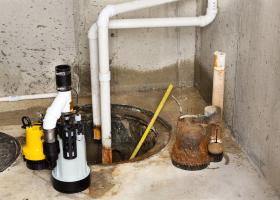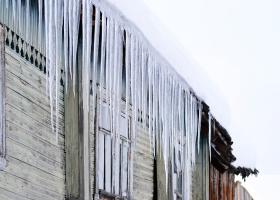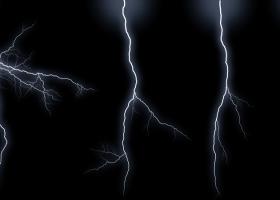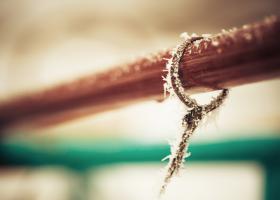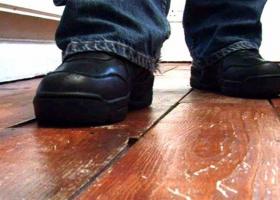Mold and your home
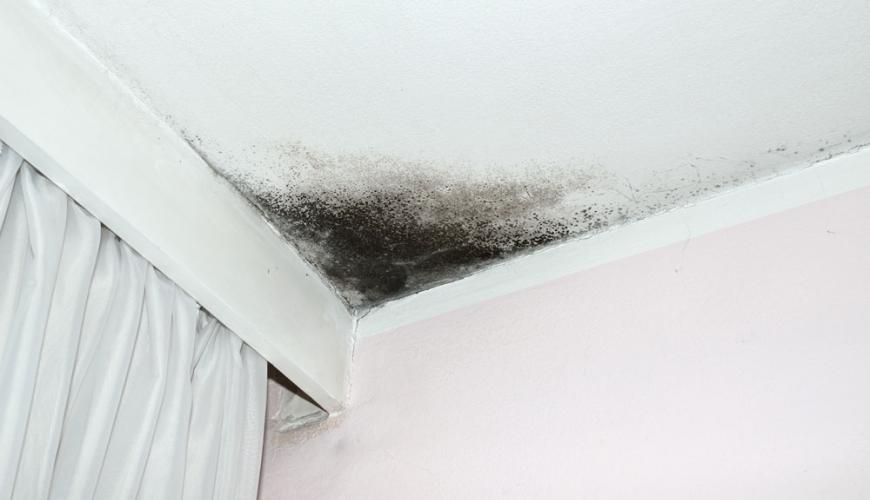
What Is Mold?
Molds are small organisms found almost everywhere. They can be black, white, orange, green, or purple. Outdoors, molds play an important role in nature, breaking down dead leaves, plants, and trees. Molds thrive on moisture and reproduce by means of tiny, lightweight spores that travel through the air. You’re exposed to mold every day.
Molds are organisms which are neither plant nor animal. They are part of the fungi kingdom. Unlike plants, molds do not get their energy from the sun through photosynthesis. In fact the sun's ultraviolet light inhibits mold growth. Molds also digest or "eat" the material they are growing on. The role of mold is to break down decaying organic matter such as dead plants, leaves or dead animals.
In small amounts, mold spores are usually harmless, but when they land on a damp spot in your home, they can start to grow. When mold is growing on a surface, spores can be released into the air where they can be easily inhaled. If you're sensitive to mold and inhale a large number of spores, you could experience health problems.
Mold needs these conditions before it can begin to grow in a home:
- Mold spores
- A food source (eg. wood, drywall, cotton)
- Darkness (mold can't grow under ultraviolet light)
- Warmth (mold can't grow in freezing temperatures)
- Oxygen
- Enough time (most molds can begin to grow in 24-48 hours if the conditions are right)
- Moisture (eg water leaks, humidity). Moisture is really the key cause of mold growth since the other conditions on the list are always going to be present in homes. So, essentially, the difference between whether mold grows in your home or not comes down to whether you have a moisture problem.
Techniques for Cleaning Surface Mold
Surface molds grow in just about any damp location, such as the grout lines of a ceramic tiled shower. They're easy to scrub away with a mixture of 1/2 cup bleach, 1 qt. water and a little detergent. The bleach in the cleaning mixture kills the mold, and the detergent helps lift it off the surface so you can rinse it away so it won’t return as fast. You can also buy a mildew cleaner at hardware stores, paint stores and most home centers.
Even for simple cleaning, protect yourself from contact with mold and the bleach solution by wearing a long-sleeve shirt and long pants as well as plastic or rubber gloves and goggles.
If the mold doesn’t disappear after light scrubbing, reapply the cleaning mix and let it sit for a minute or two. Then lightly scrub again.
Seal the clean surfaces when they're thoroughly dry to slow future moisture penetration. Apply a grout sealer (available at tile shops and home centers) to tile joints.
CAUTION!
A few types of mold are highly toxic. If you have an allergic reaction to mold or a heavy infestation inside your home, call in a pro to analyze the types. Or call tour local public health department and ask for mold-testing advice.


